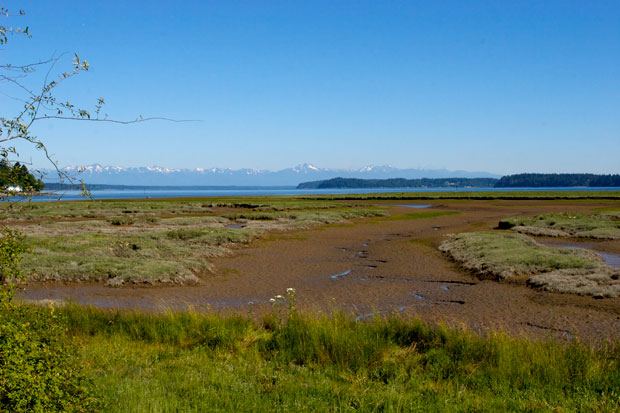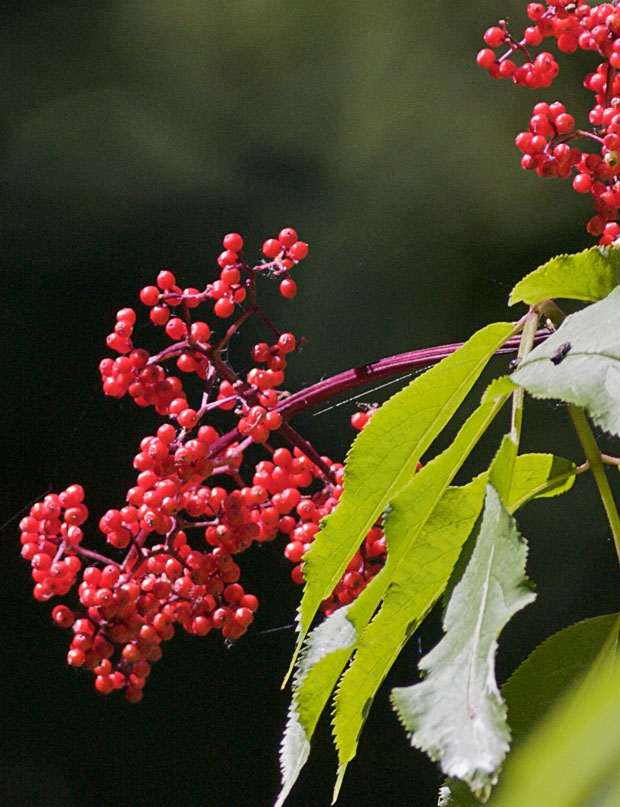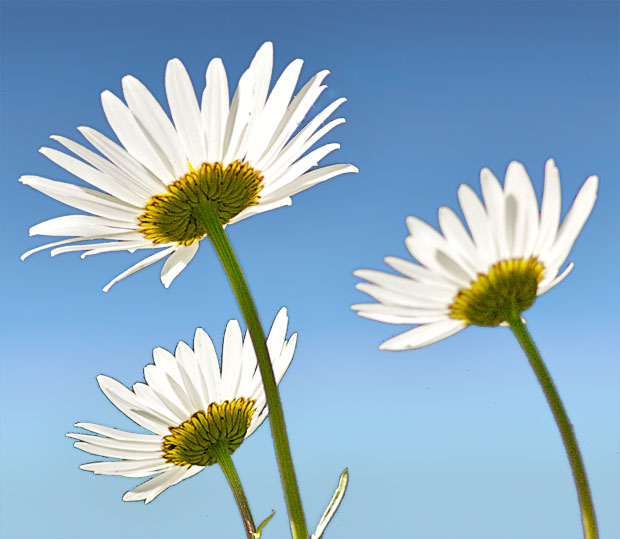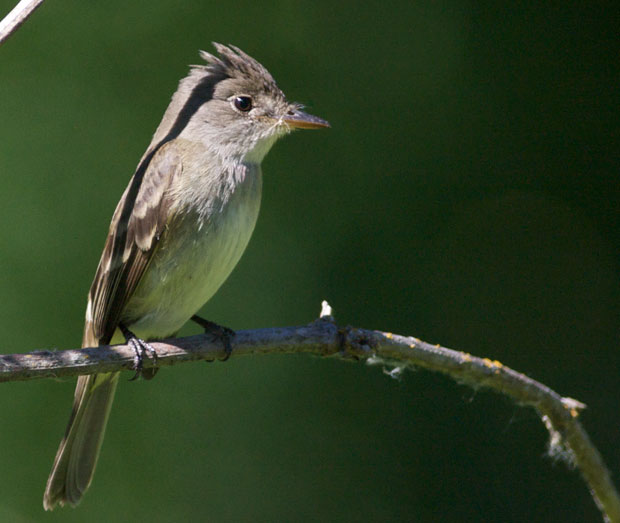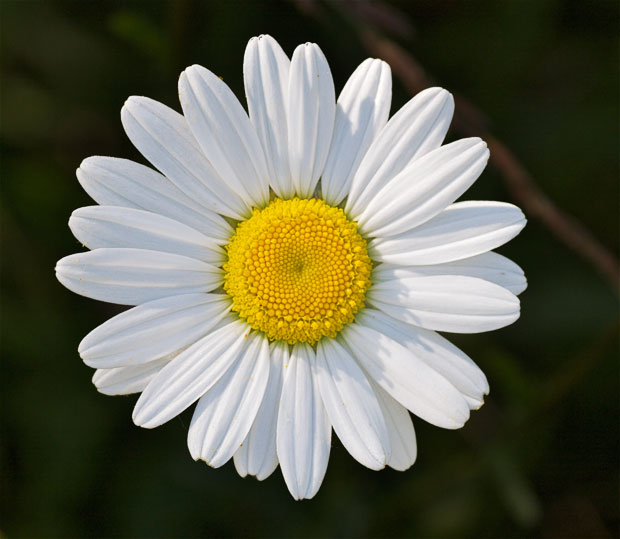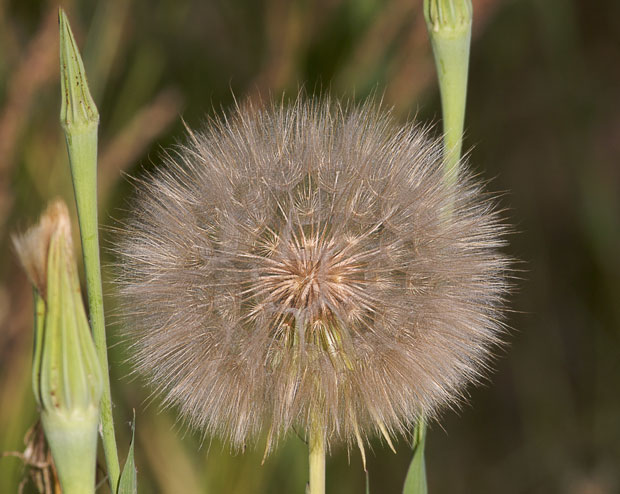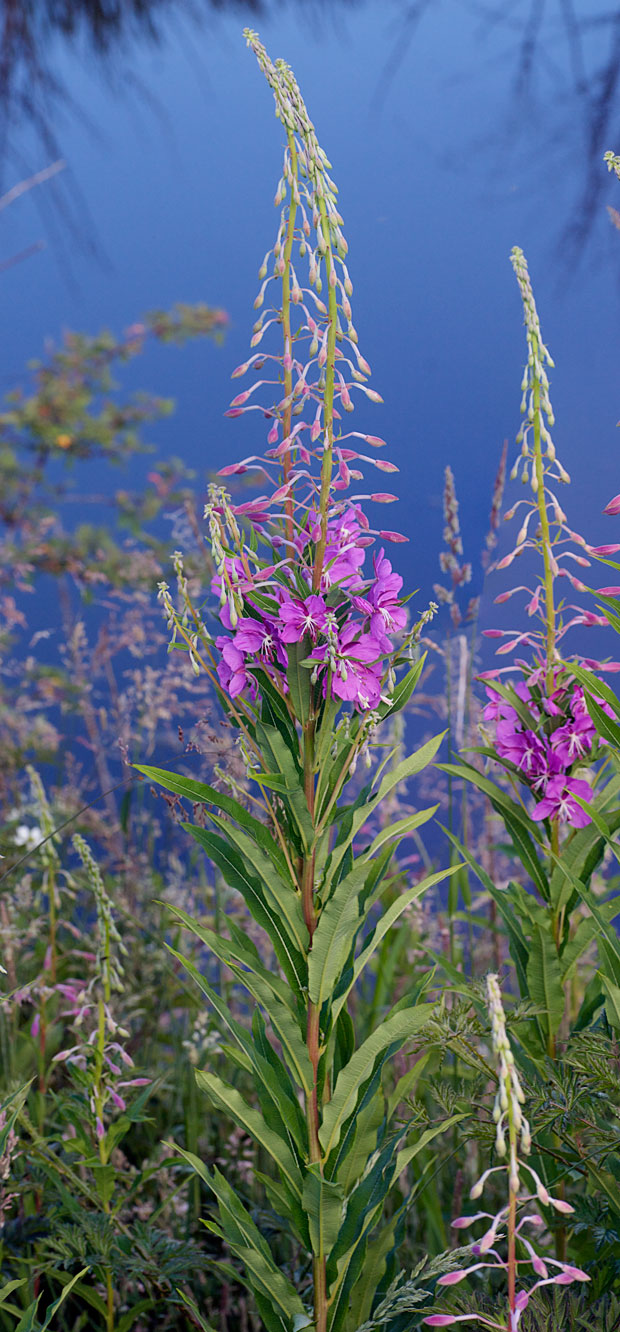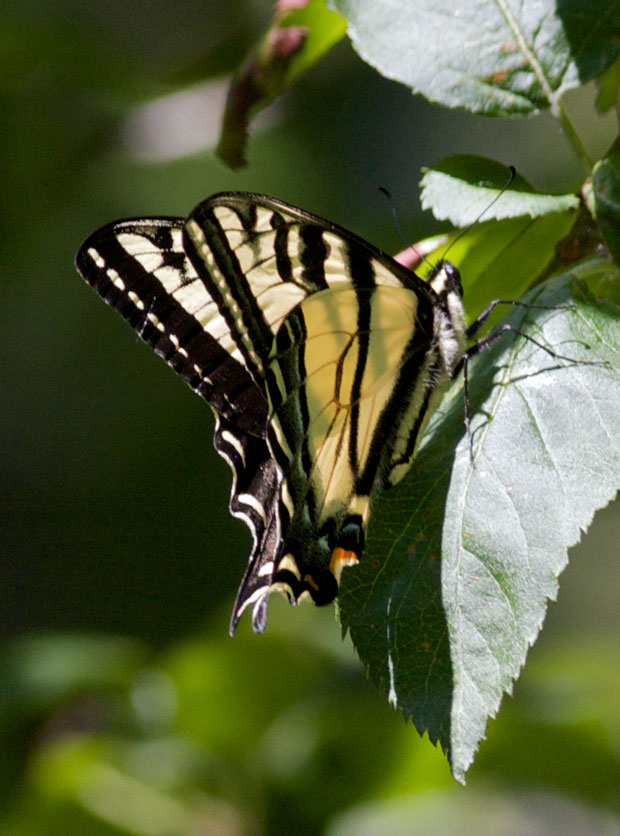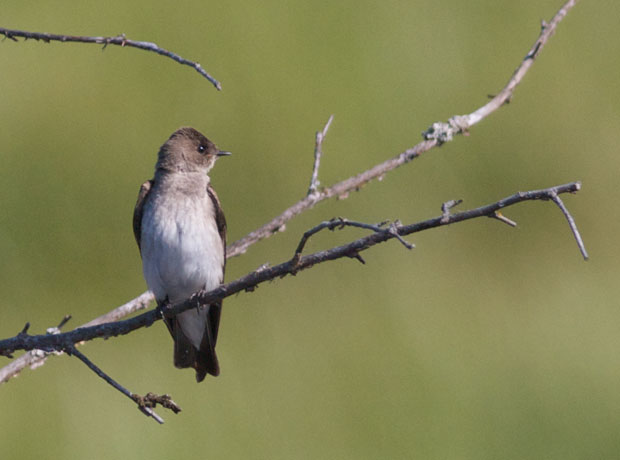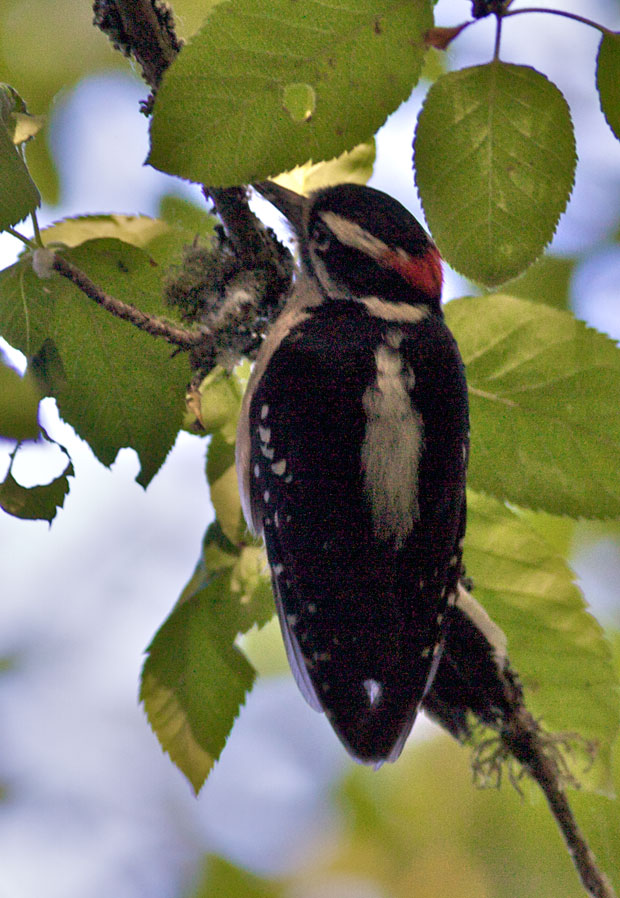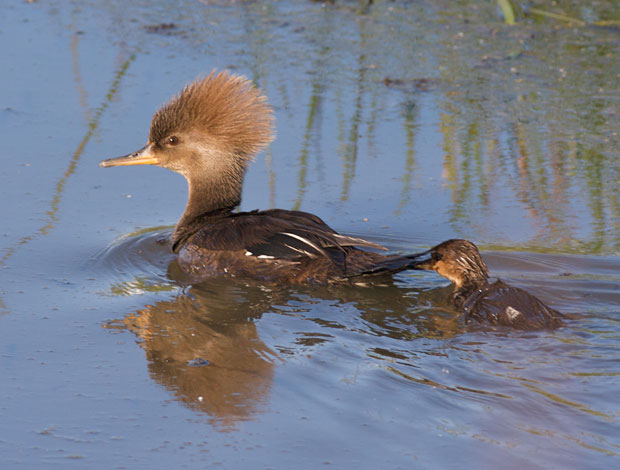I decided to hike the Columbia Gorge after my dentist appointment in Vancouver Tuesday, thinking it would be a good chance to test my new wide-angle lens. Unfortunately, smoke from California fires made the skies so hazy it was impossible to tell how good the lens was at a distance because you couldn’t see across the Gorge.
Despite my disappointment about the lack of views, it was delightful hike. Wahkanee Falls may be the poor stepsister of the famous Multnomah Falls another mile or two down the gorge, but it’s long been a personal favorite because it draws less of a crowd and because it has a certain intimacy that Multnomah lacks.
Unfortunately, this
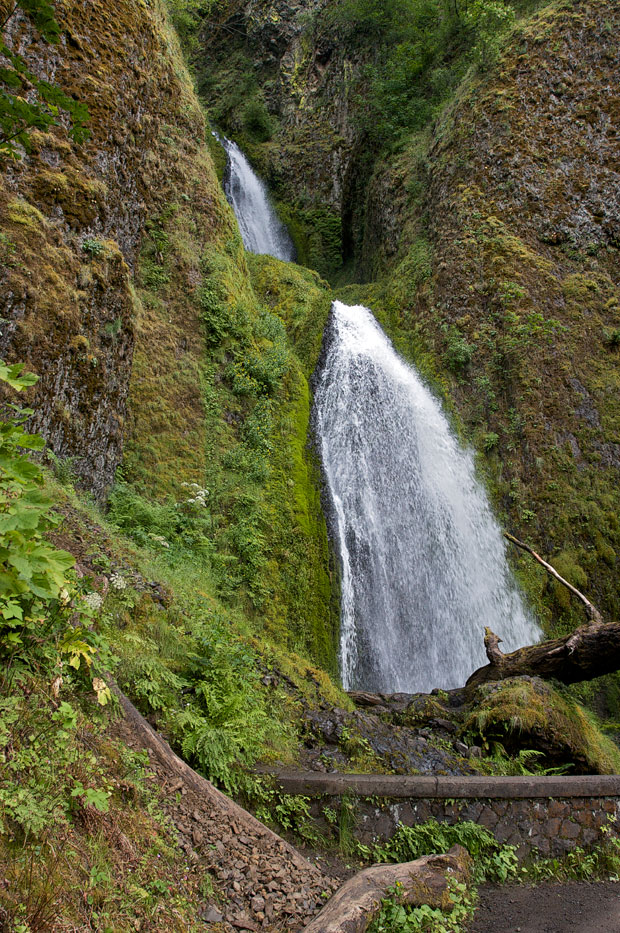
is “all” the casual visitor who just walks up to the falls itself gets to see.
Those willing to climb to the top of the Gorge and beyond are treated to the pleasures of viewing a creek up-close and personal, as the trail follows the creek up the cliffs, criss-crossing back and forth on small wooden bridges
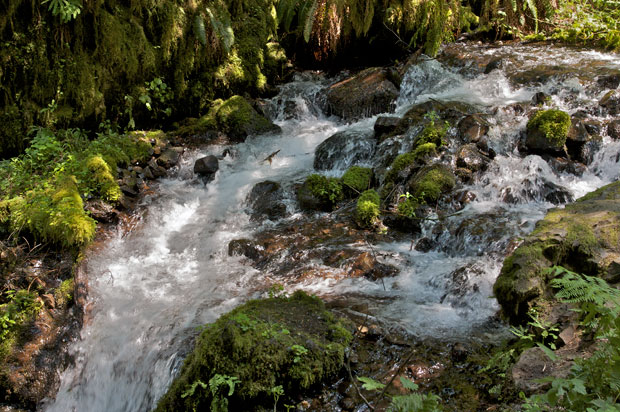
and switchback trails
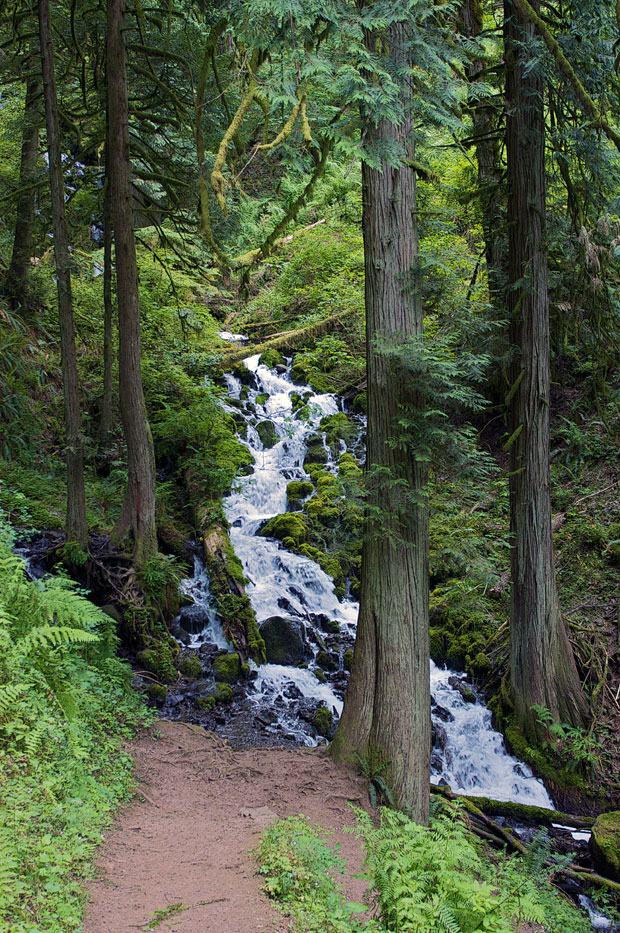
that give you a constant view of the creek, with its moss-covered rocks and logs, ferns springing up in the middle of the creek itself,
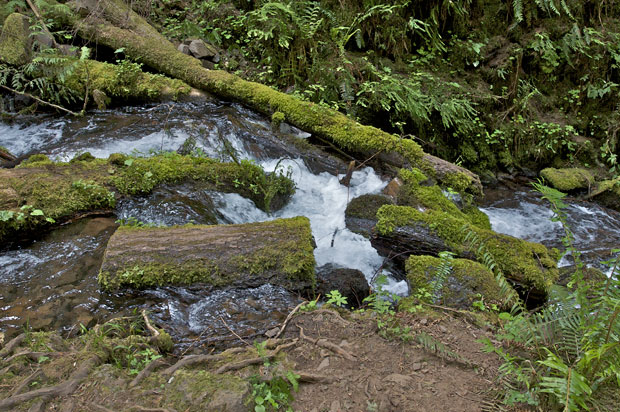
past small, but spectacular falls
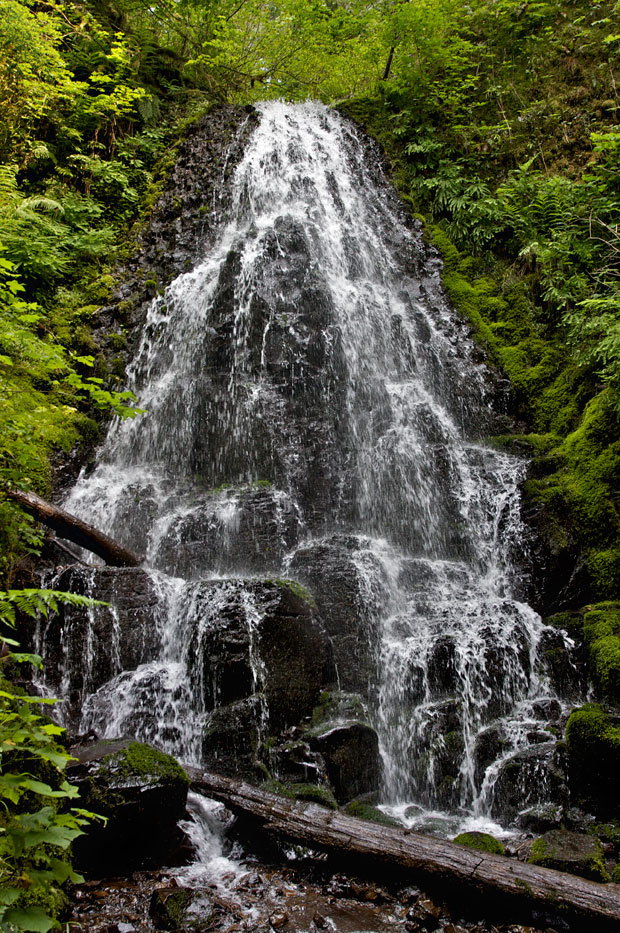
until creek and forest become One
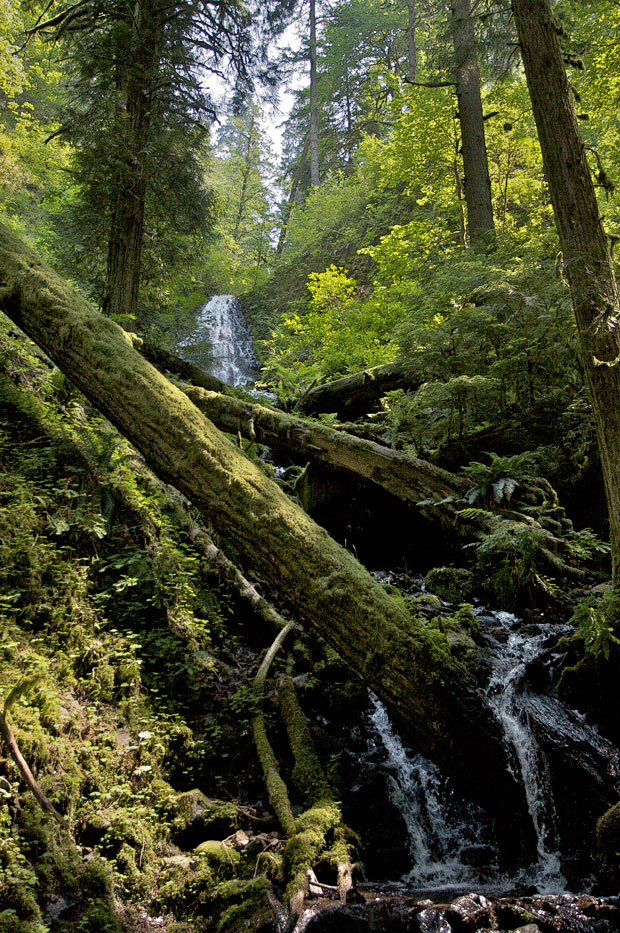
(or, more precisely, you discover the artesian wells that are ultimately the source of the stream.)


